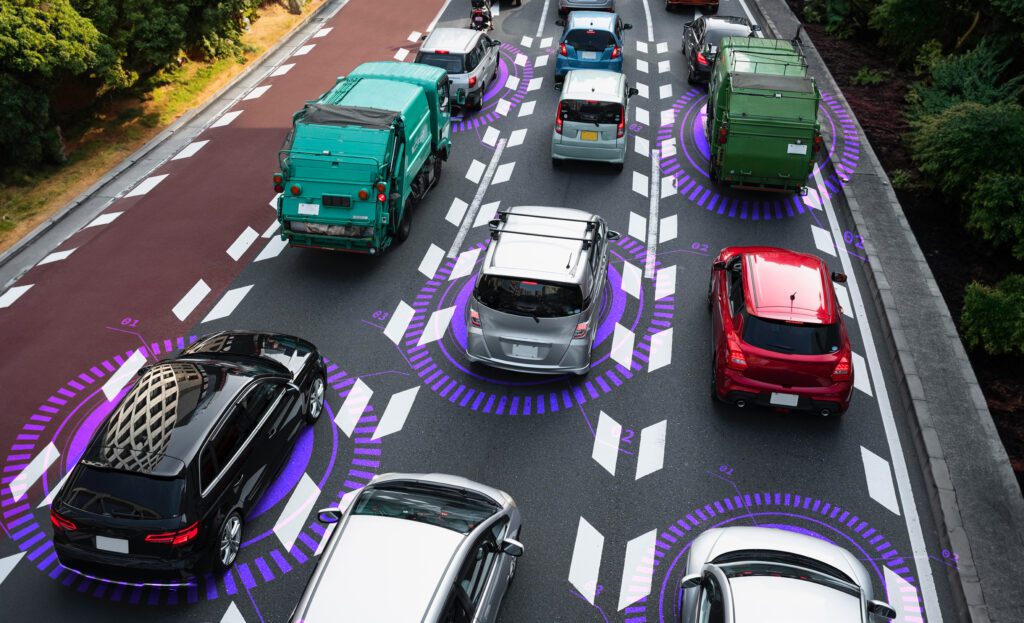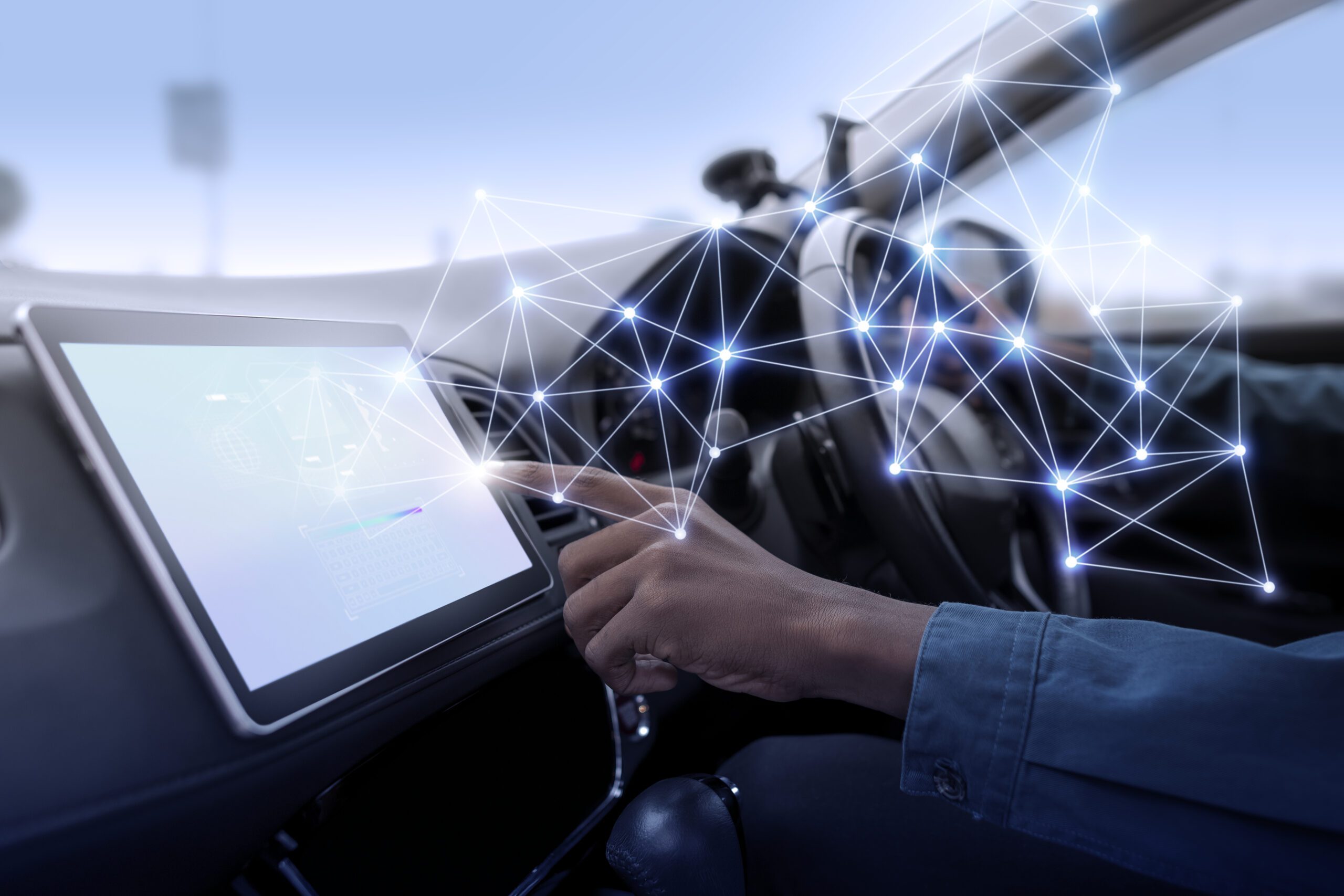Introduction: In the future, our roads may be populated by a new breed of vehicles – the driverless car or as they are more formally known, self-driving vehicles. This cutting-edge technology has the potential to revolutionize the way we commute, offering a glimpse into a world where the steering wheel becomes obsolete and passengers can sit back, relax and let the car take control.
The Promise of Driverless Cars:
- Safety First: One of the primary promises of driverless cars is improved safety. Human error is a significant factor in the majority of accidents on our roads. Self-driving vehicles, equipped with advanced sensors and AI technology, have the potential to reduce accidents caused by distracted driving, impaired judgment and fatigue.
- Efficient Traffic Flow: Imagine a world where traffic flows seamlessly with vehicles communicating with each other to optimize routes and avoid congestion. Driverless cars have the potential to create a more efficient transportation system, reducing traffic jams and travel time.
- Accessibility for All: Self-driving vehicles could significantly enhance mobility for individuals with disabilities or the elderly. Those who may be unable to drive due to physical limitations could regain independence and experience greater freedom of movement.
- Environmental Benefits: Driverless cars have the potential to improve fuel efficiency and reduce emissions. With optimized routes, smooth acceleration and deceleration, these vehicles could contribute to a more environmentally friendly transportation system.

Challenges on the Horizon:
- Technological Hurdles: While the technology behind driverless cars has advanced rapidly, challenges remain. Ensuring the reliability and safety of self-driving systems in all conditions – from extreme weather to complex urban environments – is an ongoing challenge that engineers and developers are working to overcome.
- Legal and Regulatory Frameworks: The legal and regulatory landscape for driverless cars is still in its infancy. Questions about liability in the event of accidents, insurance coverage and the establishment of standardized regulations are significant hurdles that need to be addressed before widespread adoption can occur.
- Public Trust and Perception: Acceptance of driverless cars among the general public is crucial for their success. Building trust in the reliability and safety of self-driving technology requires effective communication and education. High-profile accidents involving autonomous vehicles in the testing phase have raised concerns, emphasizing the need for transparent communication and thorough testing.
- Job Displacement: The widespread adoption of driverless cars may lead to job displacement for individuals involved in the transportation industry, from taxi drivers to truck drivers. Preparing for this transition and creating new job opportunities will be essential to mitigate the potential social impact.
Looking Ahead: The Future of Autonomous Transportation:
Despite the challenges, the journey towards driverless cars is inevitable. Companies like Tesla, Waymo, and Uber are investing heavily in autonomous technology, conducting extensive testing and pushing the boundaries of what’s possible. Governments and regulatory bodies are also working to establish frameworks that balance innovation with safety.
As the technology continues to mature, we can expect to see incremental advancements, with features like advanced driver-assistance systems (ADAS) becoming more common in traditional vehicles. These systems, which include features like adaptive cruise control and automated parking, serve as stepping stones towards full autonomy.
In conclusion, the road ahead for driverless cars is both exciting and challenging. The promise of increased safety, efficiency and accessibility is compelling, but the technology must overcome significant hurdles, both technical and regulatory. As we navigate this transformative era in transportation, a collaborative effort from technology developers, policymakers and the public is essential to ensure that the benefits of driverless cars are realized while addressing concerns and challenges along the way. Whether we’re ready or not, the driverless future is approaching and it’s time to buckle up for a ride into the next era of transportation. ###


